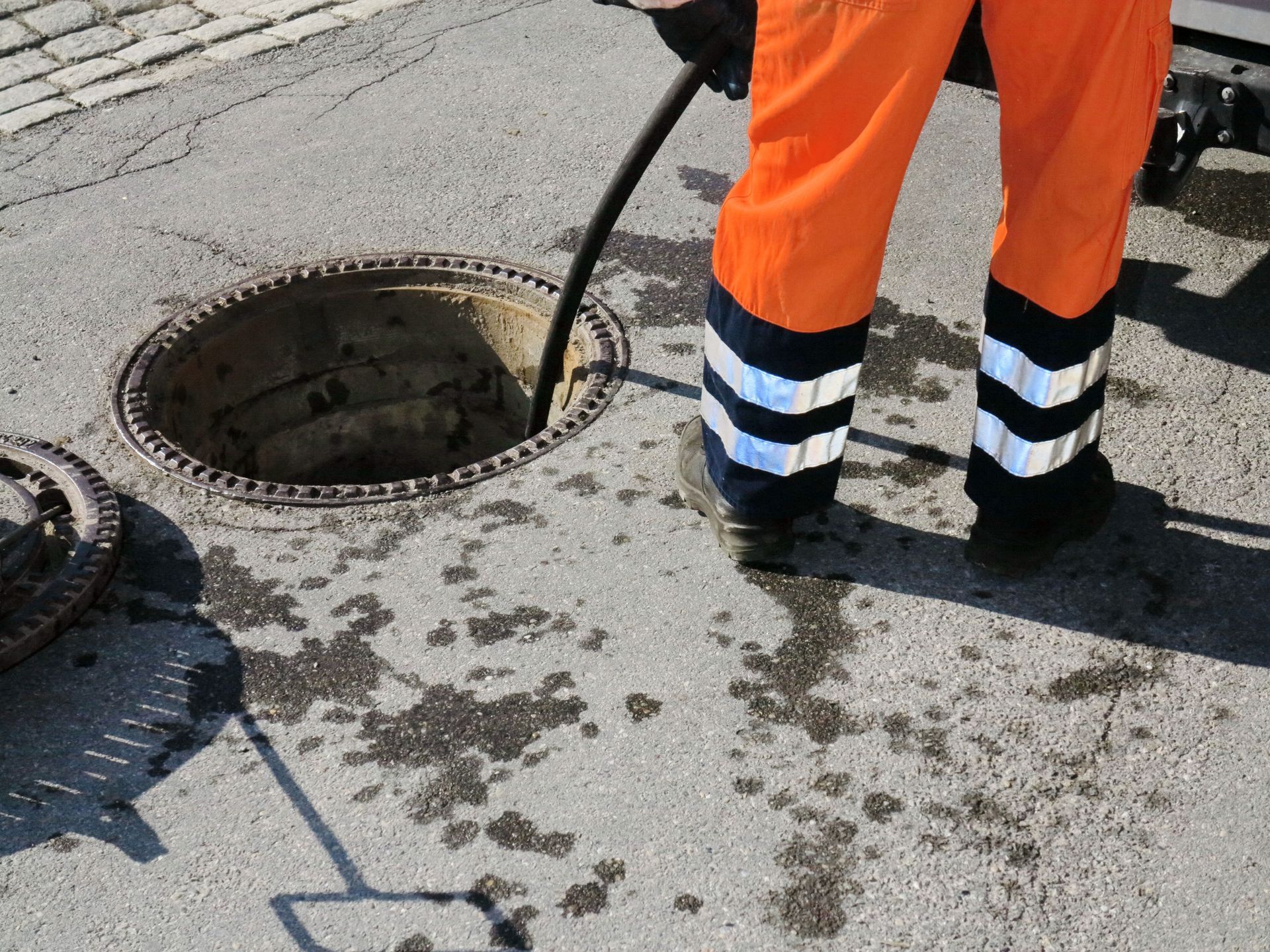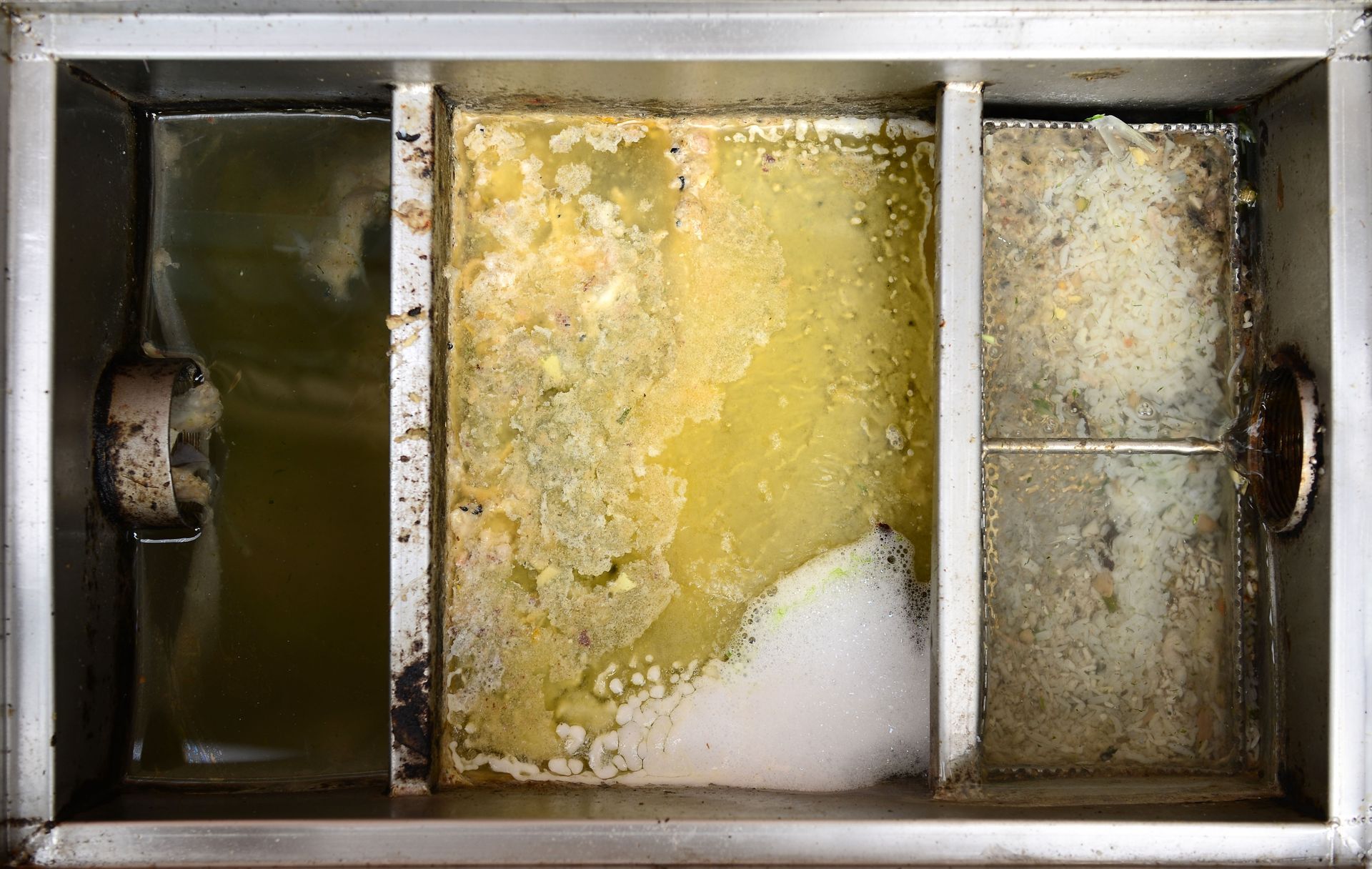6 Signs You Need To Call a Septic Company
Understanding when to call septic companies can prevent larger issues and save money. A septic system plays a critical role in waste management and requires regular oversight. Homeowners often overlook early signs of problems, leading to costly repairs. Let's explore some of the key signs that indicate it's time to seek professional help for your septic system. Awareness and timely action can ensure your system’s efficiency and longevity.
1. Unpleasant Odors Around Your Property
One of the earliest signs of a malfunctioning septic system is the smell of sewer gas. This distinctive odor often resembles that of rotten eggs, stemming from hydrogen sulfide. Sewer gases, such as methane, can be dangerous, posing both health and safety risks. Recognizing these odors early can prevent hazardous exposure and systemic failures. Homeowners shouldn't underestimate the importance of prompt intervention upon detecting any sewer gas.
The odors from a faulty septic system are usually most noticeable in specific parts of the property. Areas such as the kitchen sink, bathroom drains, and around the drain field are particularly prone. When these smells persist, it often indicates an issue with ventilation or a blockage in the system. Septic companies can determine the exact cause through comprehensive inspections and necessary diagnostics. Timely detection and action can alleviate potential health hazards revolving around sewer gas exposure.
2. Slow Drains Throughout Your Home
Drains within a household normally operate with consistent speed, efficiently allowing water and waste to vacate without delay. Slow drain speeds, however, indicate underlying issues within the septic system. These uncharacteristic delays are often attributed to blockages or overfilled tanks that hinder flow. Persistent slow drainage issues, left unchecked, can culminate in severe system failures over time. Awareness of these variances can guide proactive maintenance and repair actions.
Various factors contribute to slow drains, ranging from common household habits to mechanical failures. The accumulation of grease, hair, and debris within pipes often leads to clogs that slow down water flow. Another key issue is tree root intrusion, which can disrupt sewer lines as roots grow towards moisture sources. Recognizing these root causes empowers homeowners to implement preventative measures. The assistance of septic companies provides access to tools and expertise essential for maintaining clean, effective pipes.
3. Sewage Backup in Drains or Toilets
Sewage backup becomes evident through numerous distinctive signs in household fixtures. Toilets bubbling or spilling water onto the floor are a prime indicator. Similar warning signs include gurgling sounds in drains or water appearing in lower elevations like the basement. Recognizing these signals promptly is crucial for preventing extensive damage. Early detection allows for targeted interventions that preclude more severe system failures.
The dangers of sewage backup extend beyond mere inconvenience, posing significant health and structural risks. Contaminated water introduces bacteria and pathogens into the living environment, leading to illness if untreated. Infrastructure damage is likely as water seeps into floors and walls, weakening building materials. Addressing backup swiftly mitigates these risks and prevents exacerbating effects. Prioritizing professional inspection from septic companies is advisable to ensure safety and system recovery.
4. Lush, Green Grass Over the Drain Field
The drain field is a pivotal component within a septic system, responsible for the dispersion and treatment of wastewater. It operates by allowing effluent to percolate through the soil, where natural processes neutralize harmful bacteria. The health of the drain field is integral to preventing system overload and failure. Excessive moisture indicates potential malfunctions that necessitate professional assessment from septic companies. Understanding how the field fits into the larger system highlights its significance and maintenance needs.
An unusually lush and green area over the drain field is often symptomatic of underlying septic issues. This atypical growth pattern signifies excessive moisture, typically resulting from septic system leakage or saturation. Increased grass growth serves as an early warning sign, indicating the potential for larger problems. Left unchecked, the compromised state of the drain field may lead to expensive and extensive repairs. Diligent monitoring and inspection guard against these unnecessary repairs and resolve the root cause professionally.
5. Pooling Water or Wet Spots in Yard
Homeowners should vigilantly monitor specific areas of their property for signs of water that's pooling. Zones near the septic tank, drain field, and surrounding yard sections are especially susceptible. Pooling water, an indicator of ineffective drainage, requires immediate assessment. Regular observation of these areas aids in early detection of potential failures. Maintaining vigilance in these zones supports proactive management strategies for septic system health.
Pooling water in the yard might result from non-septic-related sources, such as poor irrigation practices or natural rain accumulation. Sloping terrain and soil composition also impact water movement, often causing it to collect in low-lying spots. Testing can confirm if the issue is natural or septic in origin. Routine lawn care practices and landscaping modifications prevent pooled water caused by non-septic concerns.
6. Alarms or Warning Lights Triggered
A septic system alarm acts as an early warning device, signaling potential problems arising within the system. Normally located near the tank, the alarm is sensitive to changes in effluent levels and pumps. When activated, the alarm indicates that waste levels are nearing capacity or that part of the system is malfunctioning. A swift response prevents overflow, which could otherwise result in costly repair and replacement measures. Familiarity with the alarm system and response procedures supports timely intervention, preserving overall system functionality.
Several scenarios trigger septic alarms, from pump failures to electrical disruptions or blockages within the system. Rising effluent levels due to clogs or mechanical failures cause systems to activate alarms as a precautionary measure. Identifying the cause of the alarm requires both inspection expertise and a systematic approach. Diagnostic tools and experience empower septic experts to assess causal factors quickly. Addressing the underlying problem ensures the system's reliable and sustainable operation.
Upon septic alarm activation, homeowners should undertake immediate actions to mitigate risks. Curbing water usage lowers tank levels, diminishing overflow potential. Following system protocol involves checking for conspicuous failures, such as power supply disruptions or mechanical defects. Lift station checks and pump evaluations clarify failure extent while professional contact ensures comprehensive resolution. A swift and informed response tempers potential hazards prompted by alarm triggers.
False alarms, although inconvenient, are not uncommon. Thus, it’s crucial to address them effectively. Common causes include sensitive sensors or electrical interruptions, with routine system checks spotlighting these irritants. Troubleshooting efforts by septic companies root out false alarm generators, enhancing reliability. Understanding when perceived alerts warrant attention prevents undue panic and associated costs. Awareness and expert guidance ensure balance between genuine indications and misfires, preserving confidence in septic monitoring systems.
Professional septic companies conduct thorough system evaluations in response to alarms and other triggers. Comprehensive assessments zero in on potential leaks, pump efficiency, and waste flow efficacy. Diversity in service offerings supports both immediate rectifications and long-term maintenance commitments. According to a DataIntelo report, the global market for septic services grew at a compound annual growth rate of 2.3% between 2024 and 2032, highlighting the increasing reliance on these professionals. This partnership ensures consistent system performance and timely intervention aligned with evolving residential and environmental demands.
Being aware of these signs can help mitigate the risks and costs associated with septic system failures. Regular monitoring and early interventions prevent fundamental failures and the associated financial burdens. Collaborative efforts between homeowners and septic companies sustain system efficacy and longevity. Timely intervention by a septic company like Brooker Septic Service Inc ensures the longevity and efficiency of your system. Give us a call today to get started with a free same-day estimate!




Share On: